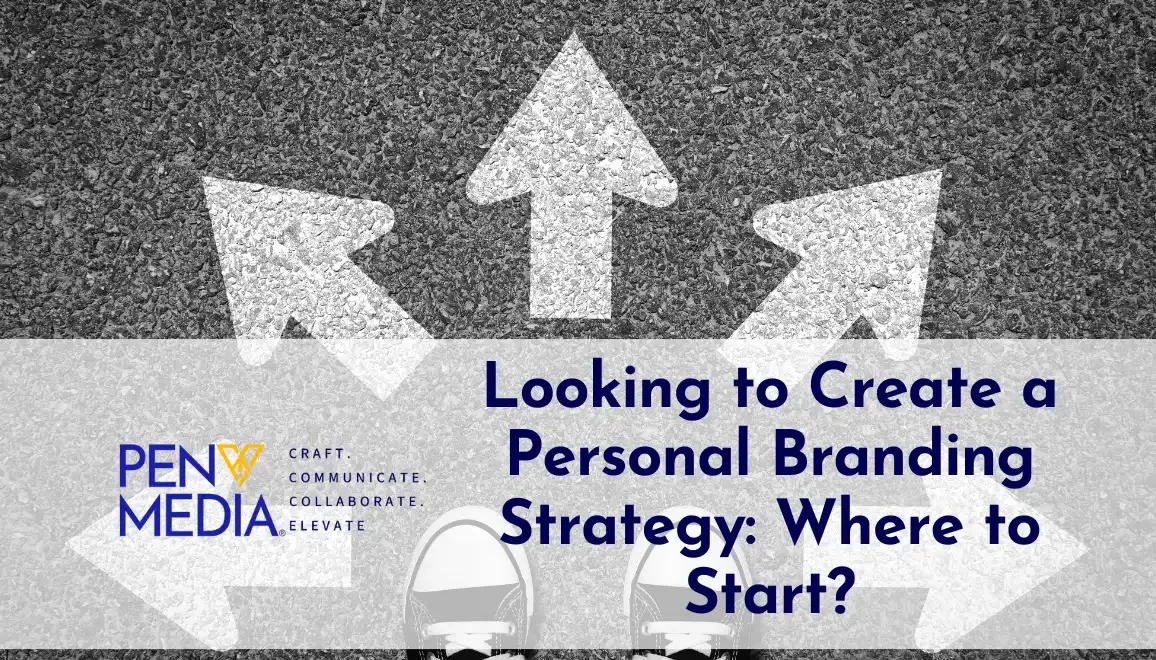Introduction
In today’s digital age, personal branding has become more important than ever. You may be an entrepreneur, a freelancer, or a professional. A strong personal brand can open new opportunities and build trust with your audience. But where do you start?
Understanding Personal Branding
Personal branding involves establishing and promoting what you stand for. It includes your skills, experiences, and personality. It presents them in a way that shows your unique value and sets you apart. A strong personal builds trust and recognition in your field.
Step 1: Define Your Brand Purpose
The first step in creating a personal branding strategy is to define your brand purpose. Ask yourself the following questions:
- What are my core values?
- What am I passionate about?
- What are my unique skills and strengths?
- What do I want to be known for?
Your brand purpose should align with your personal values and professional goals. This clarity will guide all your branding efforts. It will help you stay real and focused.
Step 2: Identify Your Target Audience
Understanding your target audience is crucial for creating a personal brand that resonates. Your audience is the people you want to influence and connect with. They include potential clients, employers, and collaborators. Consider:
- Who needs to hear your message?
- What are their interests, needs, and pain points?
- Where do they spend their time online?
Craft audience personas to shape messages that fit your readers’ needs.
Step 3: Conduct a Personal Brand Audit
Before you build your personal brand, you need to check your current online presence. Conduct a personal brand audit to understand how you are currently perceived. Look at your social media profiles, personal website, and any content you’ve published. Test the following:
- Consistency in branding elements, for instance, profile pictures, bios, and color schemes.
- The quality and relevance of your content remains unchanged.
- Engagement levels with your audience.
- Online reviews or feedback remains unchanged. The sentence is error-free in grammar and spelling.
Identify any gaps or areas for improvement. This audit will provide a baseline from which you can measure your progress.
Step 4: Develop Your Brand Messaging
Your brand messaging is the core of your personal brand. It includes your value proposition. Also, your key messages and the tone you use to communicate well. Develop a clear and concise value proposition that answers:
- Who are you?
- What do you do?
- Who do you help?
- How do you do it uniquely?
Your key messages should say the same thing as your brand purpose. They should connect with your target audience. Your tone can be professional, friendly, authoritative, or creative.
Step 5: Create a Content Strategy
Content is the vehicle through which you communicate your personal brand. Develop a content strategy that aligns with your brand purpose and engages your target audience. Consider the following types of content:
- Blog posts and articles to share your expertise and insights.
- Social media updates let you connect with your audience. You can also share real-time updates.
- Videos and podcasts to provide valuable information and showcase your personality.
- Guest posts and collaborations can help expand your reach and credibility.
Your content should be valuable, consistent, and reflect your brand’s messaging. Plan your content calendar to ensure regular updates and engagement with your audience.
Step 6: Optimize Your Online Presence
Your online presence is the foundation of your personal brand. Make sure your social media profiles, personal website, and other online platforms reflect your brand well.
- Social Media Profiles: Use professional profile pictures, consistent bios, and branded cover photos.
- Create a professional website. It will showcase your work and provide info about you. It should include a blog or portfolio.
- SEO involves optimizing your website and content with relevant keywords.
Ensure that all your online platforms are cohesive and reflect your personal brand consistently.
Step 7: Network and Engage
Networking and engaging with your audience and peers are crucial for brand growth. Consider the following:
- Engage on Social Media: Respond to comments, join discussions, and share valuable content from others.
- Attend Industry Events. Go to conferences, webinars, and networking events. They are where you connect with like-minded people.
- Partner with influencers, colleagues, or brands. It helps you reach new audiences and add credibility to your brand.
Networking helps you build a supportive community.
Step 8: Monitor and Adjust
Your personal branding strategy should be dynamic and adaptable. Check your progress often. Use tools like Google Analytics, social media insights, and feedback from your audience to measure your success. Pay attention to the following:
- Engagement rates and audience growth.
- Traffic to your website and its content.
- Feedback and comments from your audience.
- New opportunities and collaborations.
Be willing to adapt and evolve your strategy as needed to stay relevant and effective.
Conclusion
You need to plan a personal branding strategy carefully. It requires consistency and a deep understanding of your unique value proposition. Defining your brand purpose is crucial. You also need to identify your target audience and develop a clear brand message. These steps can build a strong foundation for your personal brand. A good content strategy can help. So can a strong online presence and active engagement. They can help you create a personal brand. It will stand out and resonate with your audience. Remember, personal branding is an ongoing process. Stay authentic and consistent. Continuously adapting to grow and strengthen your brand.



Leave a Comment